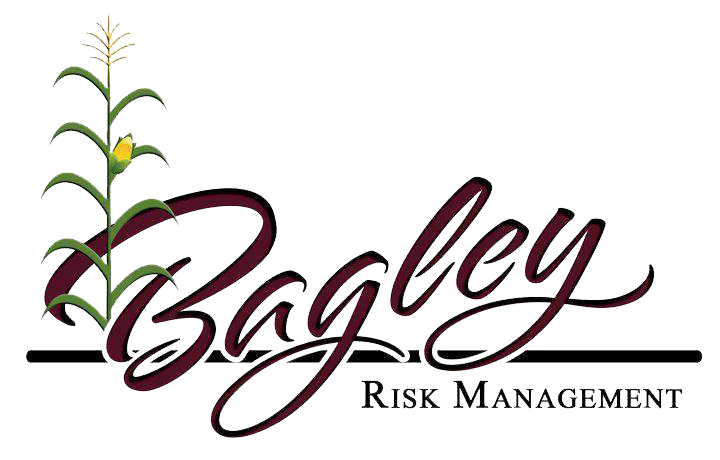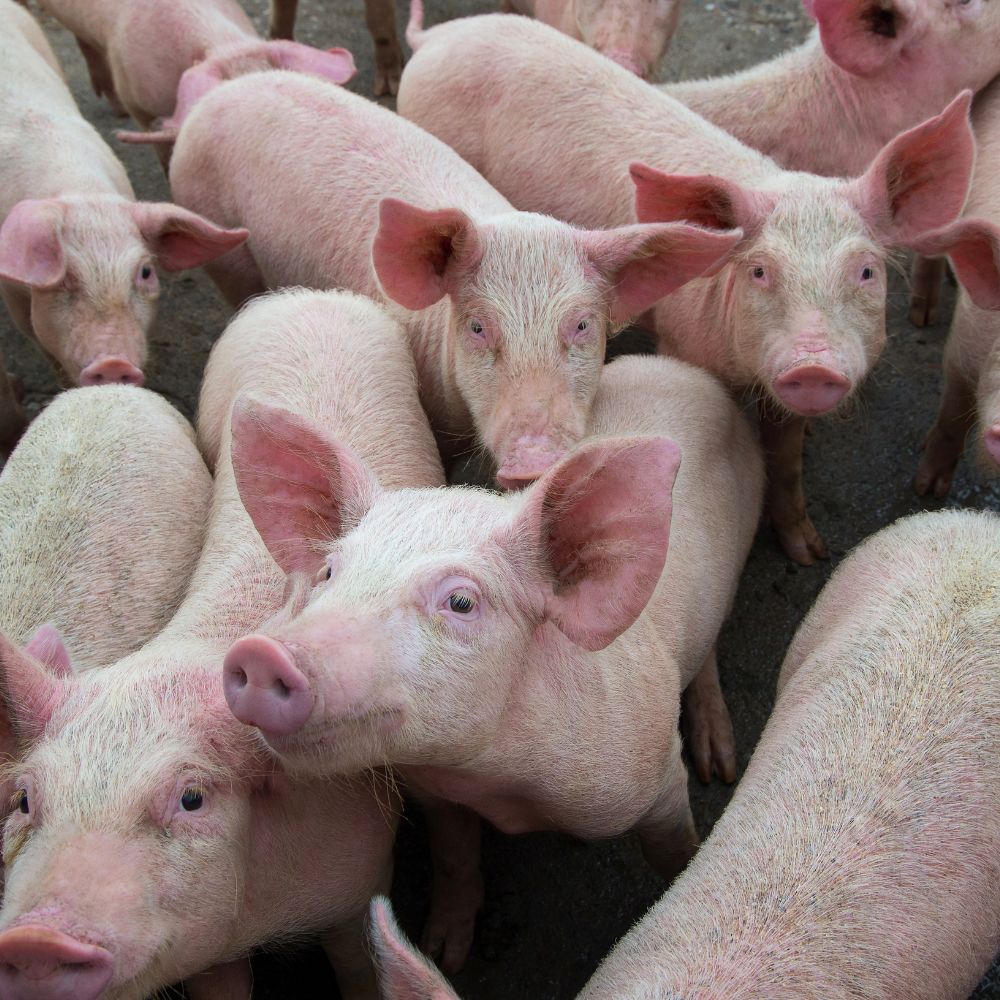Fascination About Bagley Risk Management
Table of ContentsBagley Risk Management Things To Know Before You BuyAbout Bagley Risk ManagementIndicators on Bagley Risk Management You Should KnowWhat Does Bagley Risk Management Mean?Some Known Questions About Bagley Risk Management.
This way, if rates do go down below that break-even point by the end day, insurance policy holders are shielded against a loss. This is really comparable to the means feedlots run, though they make use of a conventional hedge. When a herdsman agreements their cattle with a barnyard, they hedge those cattle to secure in the profit factor.This will certainly be countered by the enhanced worth of the cattle., breeders secure against a drop in the futures board, however don't lose out on the higher return when costs go up.
They do this by selecting a lower percent of the forecasted ending value - Rma LRP. This is a great method for those looking for lower premium prices or who have a higher threat tolerance because of solid monetary health and wellness. This strategy might not protect success, however it can protect versus serious market declines
There is not a whole lot of protection or insurance coverage on a month-to-month basis, yet if there is a severe mishap, producers have the assurance that originates from recognizing they will only be in charge of a certain quantity expense. Simply keep in mind, wish for the finest however prepare for the most awful.
The Greatest Guide To Bagley Risk Management

Making use of LRP as insurance coverage for backgrounded cattle, or livestock on feed, helps mitigate that threat by safeguarding the expected worth of the animals. Feeder livestock can be concealed to a 900-pound expected end weight and fed cattle can be covered to a 1,400-pound end weight. With numerous weight classes to select from, it is feasible to cover animals via the barnyard to the packer rail.
Applications can take numerous days to process and simply loading one out does not secure the applicant right into a plan. When the application is accepted and prepared, the LRP endorsement, with its end date and forecasted finishing value, can be secured in swiftly. This enables ranchers to cover calves when the rate is best for their market risk monitoring goals.
Photo Politeness USDA-NRCS Rates for calf bones, feeder livestock and completed cattle have established some brand-new documents this loss and early wintertime. A mix of scenarios has actually precipitated these historical rates. There is presently a great deal of careful positive outlook on the part of cow-calf manufacturers as they look at the future.
The Bagley Risk Management Statements

There are some advantages to producers in making use of LRP insurance coverage as contrasted to a standard feeder cattle contract or acquisition of a choice - Cattle insurance. One is the versatility in the variety of cattle that can be guaranteed. There is no reduced limit to the number of livestock that can be insured
There is no responsibility to sell livestock on which you have actually purchased LRP Feeder Livestock insurance coverage. You might select to preserve ownership and still be qualified for the indemnity must the Actual End Worth fall listed below your Coverage Cost. You may market livestock covered by LRP any time, offered the transfer of ownership does not happen even more than 60 days prior to the LRP Agreement End Day.
If livestock die and your Ag, Risk Advisor is informed within 72 hours of you finding out of the death, the protection continues to be essentially, and the manufacturer is eligible for indemnities because of price loss, also on those animals which died. Yes! Calf bones can currently be covered prior to hooves hit the ground.
Bagley Risk Management Fundamentals Explained

Applications ensure first-time consumers can be pre-approved to write an LRP plan It is totally free! Step 2) Lock in an Unique Coverage Endorsement (SCE) when you locate a quote that meets your goals (Cattle insurance). Together, we'll protect your financial investment.
With the endless change and unpredictability of the marketplace, Animals Danger Security (LRP) is something all livestock producers need to think about. The main purpose of LRP is to secure against the unexpected descending price movement in the marketplace by establishing a base upon any type of offered date and kind of cattle you want to guarantee.
What Does Bagley Risk Management Do?
There are a range of insurance coverage degree alternatives varying from 70 to 100 percent of the anticipated ending value (https://bagleyriskmanagement.godaddysites.com/). At the end of the picked insurance coverage period, if the actual ending value is listed her response below the protection price, you will be paid an indemnity for the distinction in price. Producer expects to market 1,000 head of 11cwt cattle and chooses coverage of $66
As of 2020, LRP (Livestock) is now offered in all states when the market is offered. 1. Feeder Cattle with finishing weights under 600lbs or 600lbs-900lbs, and 2. Fed Cattle with finishing weights in between 1,000lbs-1,400 lbs that will be marketed for slaughter near completion of the insurance policy period. whereas livestock insurance policy does.